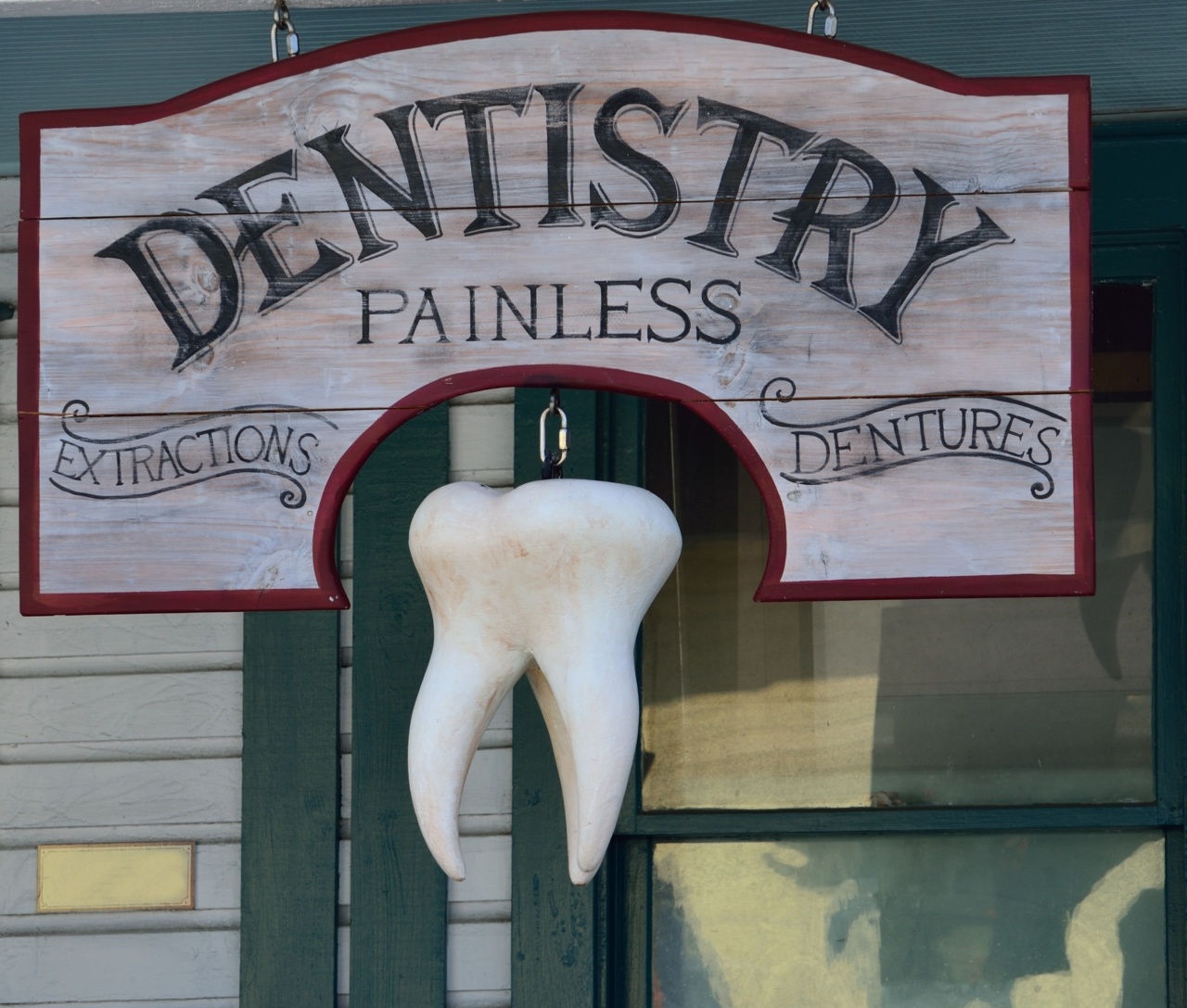Huntington disease is a fatal neurodegenerative disorder that affects around 30,000 people in the United States. It causes progressive degeneration of brain cells, leading to physical, cognitive, and emotional symptoms.
There is no known cure for Huntington disease, but a new therapy has emerged that could dramatically improve patients’ quality of life:.
What is Huntington disease?
Huntington disease, also known as Huntington’s chorea, is a genetic disorder caused by a mutation in the Huntingtin gene.
This gene produces a protein that is essential for the normal function of brain cells, but in people with Huntington disease, the gene produces a faulty protein that accumulates in the brain and damages nerve cells. The symptoms of Huntington disease can vary widely from person to person, but generally include:.
- Involuntary movements
- Balance problems
- Cognitive decline
- Emotional disturbances
Huntington disease is a progressive disease, which means that symptoms worsen over time. Most people with Huntington disease develop symptoms in their forties or fifties, but some may develop symptoms much earlier or later in life.
There is no known cure for Huntington disease, but treatments can help manage symptoms and improve quality of life.
What is the new treatment for Huntington disease?
The new treatment for Huntington disease is called antisense oligonucleotide therapy, or ASO therapy for short.
ASO therapy is a form of gene therapy that involves injecting synthetic molecules called antisense oligonucleotides into the cerebrospinal fluid, which surrounds the brain and spinal cord. These molecules are designed to bind to the faulty Huntingtin protein and prevent it from accumulating in the brain.
Clinical trials of ASO therapy have shown promising results. In one trial, patients who received ASO therapy showed significant reductions in the levels of the faulty Huntingtin protein in their cerebrospinal fluid.
In another trial, patients who received ASO therapy showed improvements in their motor function and cognitive abilities compared to those who received a placebo.
How does ASO therapy work?
ASO therapy works by targeting the Huntingtin gene at the DNA level. The Huntingtin gene is made up of a sequence of nucleotides, which are the building blocks of DNA.
The sequence of nucleotides on the Huntingtin gene that is mutated in people with Huntington disease is known as the CAG repeat region. This region contains a sequence of three nucleotides (C, A, and G) that repeat multiple times.
The ASO molecules used in therapy are designed to bind to the messenger RNA (mRNA) that is transcribed from the Huntingtin gene.
mRNA is a molecule that carries the genetic instructions from the DNA in the nucleus of a cell to the ribosomes, which are the molecular machines that build proteins.
ASO molecules are designed to bind to a specific region of the Huntingtin mRNA that is upstream of the CAG repeat region.
This binding prevents the ribosomes from translating the mRNA into a protein, which stops the faulty Huntingtin protein from being produced.
What are the benefits of ASO therapy?
The benefits of ASO therapy for Huntington disease patients are significant. ASO therapy has the potential to slow or stop the progression of the disease, and in some cases, even reverse the damage that has already been done.
By reducing the levels of the faulty Huntingtin protein in the brain, ASO therapy can reduce or eliminate the symptoms of Huntington disease, such as involuntary movements and cognitive decline.
ASO therapy is also relatively safe and well-tolerated. Unlike some other gene therapies, ASO therapy does not involve inserting genes into the patient’s DNA, which can carry a risk of unintended mutations or triggering an immune response.
Instead, ASO therapy involves injecting synthetic molecules that are designed to target a specific molecule in the body. The molecules are eventually broken down and excreted from the body, which minimizes the risk of long-term side effects.
What are the limitations of ASO therapy?
ASO therapy is still a relatively new treatment, and there are some limitations to its use. One of the main limitations is that ASO therapy is expensive.
Because the molecules used in therapy are synthetic and must be custom-made for each patient, the cost of the treatment can be prohibitively high.
Another limitation of ASO therapy is that it is not a cure for Huntington disease. Although ASO therapy can significantly improve symptoms and slow disease progression, it does not address the underlying genetic mutation that causes the disease.
As a result, patients will need to continue receiving the therapy on an ongoing basis to maintain its benefits.
Conclusion
ASO therapy is a revolutionary new treatment for Huntington disease that shows great promise. By targeting the faulty Huntingtin protein at the DNA level, ASO therapy can slow or stop disease progression and improve patients’ quality of life.
ASO therapy is relatively safe and well-tolerated, but it is also expensive and not a cure for the disease. As more research is conducted into ASO therapy, we may see even more exciting developments in the treatment of Huntington disease in the years to come.

























